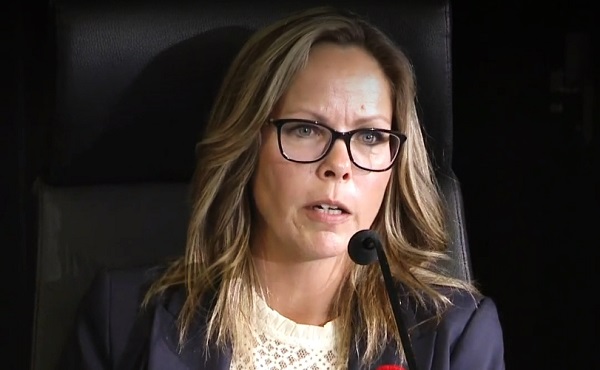Alberta
Ottawa’s next phase of ‘plastics’ war will increase cost of fruits and vegetables
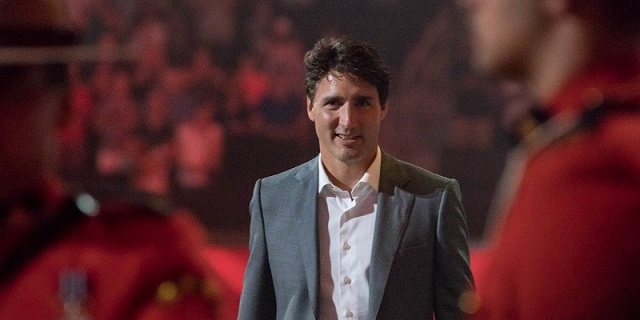
From the Fraser Institute
For decades, nutrition advocates have exhorted Canadians to eat more fresh fruits and vegetables. Canada’s Food Guide suggests that half of our meals should be fruits and veggies. Why then does the Trudeau government plan to increase fruit and vegetable waste—and increase their costs?
It’s all about the government’s war on plastics, specifically its agenda to eliminate plastic waste by 2030. Having already banned single-use plastic items such as drinking straws, stir sticks and plastic cutlery, the government plans to target plastic food packaging. And that’s going to hit consumers in the pocket.
According to a new study from the Canadian Produce Marketing Association (CPMA), under the new reduced-plastic packaging regime, food loss and waste will potentially increase 495,000 tonnes above current levels, incurring financial losses valued at $3.4 billion. These losses, at least in significant part, will ultimately be passed onto consumers. In a report by CTV, reporter Kevin Gallagher suggests that increased costs to consumers might reach 30 per cent.
The study authors suggest this estimate should be considered conservative, because it does not include the potential for single-use plastic bans causing a “complete disruption to some sectors of the fresh produce industry, and the anticipated 17.5 per cent increase in operating costs voiced by respondents that industry would incur.” And 17.5 per cent is the median—cost increases ranged from 11 per cent to 25 per cent. Assuming these increased costs are passed onto consumers, Canadians will see the price of fruits and veggies take yet another jump.
And for what reason? The Trudeau government has foolishly committed Canada to a “Zero Plastic Waste by 2030” crusade. But as I showed in a 2022 study published by the Fraser Institute, Canada does not have a significant plastic waste problem. Less than 1 per cent of plastics used in Canada end up as waste in the environment, and 99 per cent is safely buried in landfills, recycled or incinerated. Canada does not contribute a measurable part of the world’s plastic pollution.
And the government’s own analysis suggests that pursuing this war on plastics will ultimately lead to greater waste of alternative materials, which is already raising concerns among the environmentally-minded. In a separate CTV report Melanie Nagy quotes Nicole Rycroft, founder of Canopy, a forest conservation NGO, who said we should “shift away from using plastics as much as we do, but trading in plastic pollution for deforestation and forest degradation is not the answer” and we must “make sure we do not create another environmental disaster.” Rycroft added that “more than three billion trees—many of which are old-growth and endangered—are logged every year to make paper-based products like bags, straws and food containers.”
The Trudeau government’s zero plastic waste crusade was unsound policy from inception, and its own analysis showed the plan’s costs would outstrip its benefits and that it would create more waste, not less. And that most of that increased waste would come from increased consumption of wood and paper products.
Now, the government plans to ratchet up this harmful program, raising already painfully expensive produce in Canada to more painful levels. Ottawa must halt its “Zero Plastic Waste” agenda and take the entire concept back to the drawing board. It’s simply bad policy—bad for Canadian families, bad for our food sector, and as the Canopy tree people observe, bad for the environment.
Author:
Alberta
Premier Smith moves to protect Alberta in International Agreements
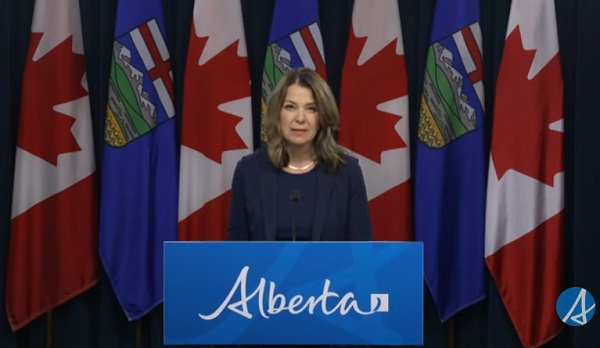
Protecting Alberta’s jurisdiction
The International Agreements Act ensures Alberta’s jurisdiction is protected and decisions that shape our future are made right here at home.
This legislation draws a clear line: international agreements that touch on provincial areas of jurisdiction must be debated and passed into law in Alberta.
Alberta, not Ottawa, will decide how international agreements that affect provincial matters apply in the province.
“As we return to the legislature, our government is focused on delivering on the mandate Albertans gave us in 2023 to stand up for this province, protect our freedoms and chart our path forward. We will defend our constitutional rights, protect our province’s interests and make sure decisions that affect Albertans are made by Albertans. The federal government stands at a crossroads. Work with us, and we’ll get things done. Overstep, and Alberta will stand its ground.”
While the federal government has the power to enter into international agreements on behalf of Canada, it does not have the legal authority to impose its terms on provinces. The International Agreements Act reinforces that principle, ensuring Alberta is not bound by obligations negotiated in Ottawa that do not align with provincial priorities.
Bill 1 was introduced by Premier Danielle Smith following the fall 2025 speech from the throne as part of Alberta’s commitment to defend its sovereignty within a united Canada.
Key facts
- If passed, the International Agreements Act will replace the International Trade and Investment Agreements Act.
- The new legislation would expand its scope beyond trade and investment to include all areas of provincial jurisdiction.
- Currently, there is no formal agreement or requirement for the federal government to consult provinces when negotiating international treaties.
- Quebec’s Act respecting the exercise of the fundamental rights and prerogatives of the Québec people and the Québec State came into force in 2000.
- International agreements do not apply in Quebec unless approved by the national assembly or the provincial government.
- Quebec must give clear consent before any international agreement takes effect.
Related information
Agriculture
From Underdog to Top Broodmare

WATCH From Underdog to Top Broodmare (video)
Executive Producers Jeff Robillard (Horse Racing Alberta) and Mike Little (Shinelight Entertainment)
What began as an underdog story became a legacy of excellence. Crackers Hot Shot didn’t just race — she paved the way for future generations, and in doing so became one of the most influential producers the province has known.
The extraordinary journey of Crackers Hot Shot — once overlooked, now revered — stands as one of Alberta’s finest success stories in harness racing and breeding.
Born in humble circumstances and initially considered rough around the edges, Crackers Hot Shot overcame long odds to carve out a career that would forever impact the province’s racing industry. From a “wild, unhandled filly” to Alberta’s “Horse of the Year” in 2013, to producing foals who carry her spirit and fortitude into future generations.
Her influence ripples through Alberta’s racing and breeding landscape: from how young stock are prepared, to the aspirations of local breeders who now look to “the mare that did it” as proof that world-class talent can emerge from Alberta’s paddocks.
“Crackers Hot Shot, she had a tough start. She wasn’t much to look at when we first got her” — Rod Starkewski
“Crackers Hot Shot was left on her own – Carl Archibald heard us talking, he said ‘I’ll go get her – I live by there’. I think it took him 3 days to dig her out of the snow. She was completely wild – then we just started working on her. She really needed some humans to work with her – and get to know that people are not scary.” — Jackie Starkewski
“Crackers Hot Shot would be one of the top broodmares in Albeta percentage wise if nothing else. Her foals hit the track – they’re looking for the winners circle every time.” — Connie Kolthammer
Visit thehorses.com to learn more about Alberta’s Horse Racing industry.
-

 Agriculture2 days ago
Agriculture2 days agoFrom Underdog to Top Broodmare
-

 Health2 days ago
Health2 days agoCanada surrenders control of future health crises to WHO with ‘pandemic agreement’: report
-
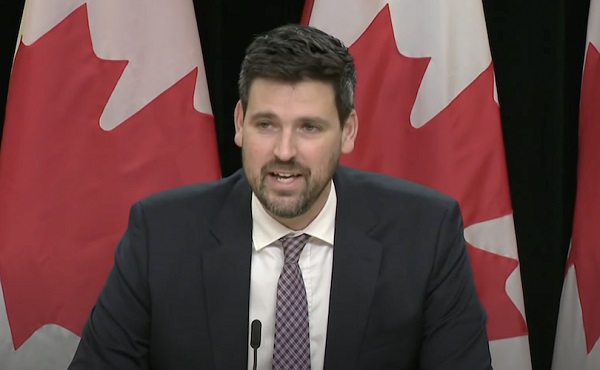
 Censorship Industrial Complex2 days ago
Censorship Industrial Complex2 days agoCanada’s justice minister confirms ‘hate crimes’ bill applies to online content
-
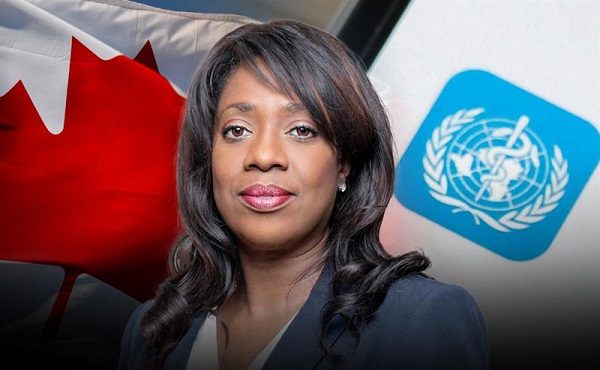
 Health2 days ago
Health2 days agoSovereignty at Stake: Why Parliament Must Review Treaties Before They’re Signed
-
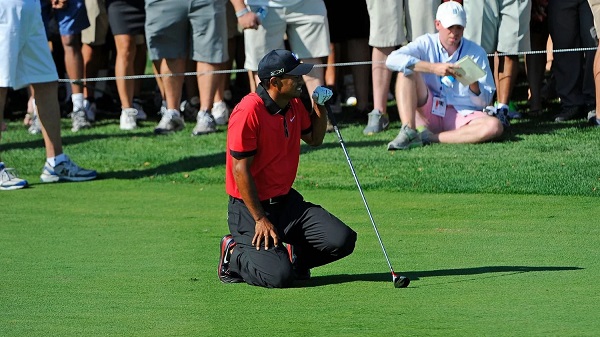
 Bruce Dowbiggin2 days ago
Bruce Dowbiggin2 days agoIs The Latest Tiger Woods’ Injury Also A Death Knell For PGA Champions Golf?
-

 Business2 days ago
Business2 days ago$15B and No Guarantees? Stellantis Deal explained by former Conservative Shadow Minister of Innovation, Science and Technology
-

 Health24 hours ago
Health24 hours agoFor Anyone Planning on Getting or Mandating Others to Get an Influenza Vaccine (Flu Shot)
-

 Sports23 hours ago
Sports23 hours ago‘We Follow The Money’: Kash Patel Says Alleged NBA Ties To Mafia Just ‘The Start’ Of FBI Investigation







